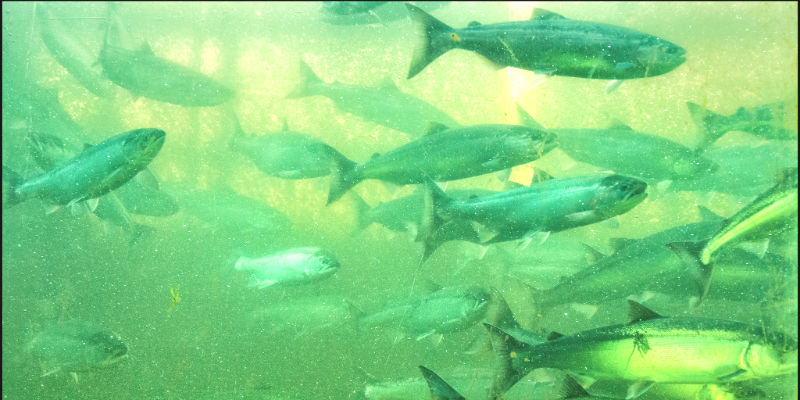Editors Note: This is the third post in our special blog series, A Fireproof Puget Sound. Part one chronicled the impacts of toxic flame retardants on Puget Sound’s wildlife, especially its killer whales. Part two looked at how the Sound’s topography makes its wildlife even more vulnerable to toxic chemicals, including toxic flame retardants. Now we look at how one group of toxic flame retardants (PBDEs) is on their way out but another equally toxic set is already taking their place.
PBDEs had a solid run at the top of the flame-retardant heap, but had their troubles in this century. In 2004, industry voluntarily ceased production of two forms, the penta and octa formulations, after research showed unexpectedly high levels in the breastmilk of U.S. women. The most widely used form, the deca formulation, started to head out the door when the Washington State Legislature banned it for most uses in 2007. Several other states followed Washington’s lead with bans, and the nation’s only manufacturers and largest importer have now agreed to a phaseout that eliminates most uses by the end of next year and all uses by the end of 2013.
The leadership of Washington’s Legislature may have averted catastrophe by stopping the exponential increases in PBDE levels in fish, wildlife, and people.

Unfortunately, industry’s response to the phaseouts has been to replace the PBDEs with largely similar chemicals, also based on bromine. Two popular replacements for penta-BDE’s use in foam are chlorinated tris and Firemaster 550. Chlorinated tris was removed from children’s pajamas in 1978 after it was determined to be a mutagen, and it was subsequently designated a probable human carcinogen[1]. Firemaster 550 contains two different compounds based on bromine chemistry, one of which is a brominated version of the hormone-disrupting phthalate DEHP, and the other of which is similar to DEHP’s breakdown product MEHP. These chemicals have already been shown to have the capacity to damage DNA in fish[2].
One of the main replacements for deca-BDE is a nearly identical brominated compound named decabromodiphenylethane, or DBDPE. This chemical has already been found in air, water, sewage sludge, sediment, and aquatic life. Disturbingly, a study in the Great Lakes region found that in some instances its levels exceeded those of deca in herring gull eggs, suggesting it may have more capacity to build up in the environment and in animals[3].
Washington State and EPA’s Design for the Environment program have both analyzed the alternatives to PBDEs for health and safety, and identified safer options. But with no requirement for industry to adopt those alternatives, it is likely the future will bring increased levels of toxic substitutes in both the indoor and outdoor environments.
Washington does have the opportunity to provide leadership once again. Under the Children’s Safe Products Act of 2008, our state cllects information on the presence of some of these replacements in children’s products. This gives policymakers the opportunity to act to require companies to use the safest alternatives—those that don’t threaten human health, or the health of Puget Sound.
Salmon photo courtesy of Flickr user Ingrid Taylar licensed under CC by 2.0.
Notes:
- Shaw, S., A Blum, R Weber, K Kannan, D Rich, D Lucas, CP Koshland, D Dobraca, S Hanson, and LS Birnbaum, Halogenated Flame Retardants: Do the Fire Safety Benefits Justify the Risks? Reviews on Environmental Health, 2010. 25(4): p. 261-305.
- Bearr, J., HM Stapleton, and CL Mitchelmore, Accumulation and DNA damage in fathead minnows (Pimephales promelas) exposed to 2 brominated flame-retardant mixtures, Firemaster® 550 and Firemaster® BZ-54. Environmental Toxicology and Chemistry, 2010. 29(3): p. 722-729.
- Gauthier, L., D Potter, CE Hebert, and RJ Letcher, Temporal Trends and Spatial Distribution of Non-polybrominated Diphenyl Ether Flame Retardants in the Eggs of Colonial Populations of Great Lakes Herring Gulls. Environmental Science and Technology, 2009. 43: p. 312-317.




